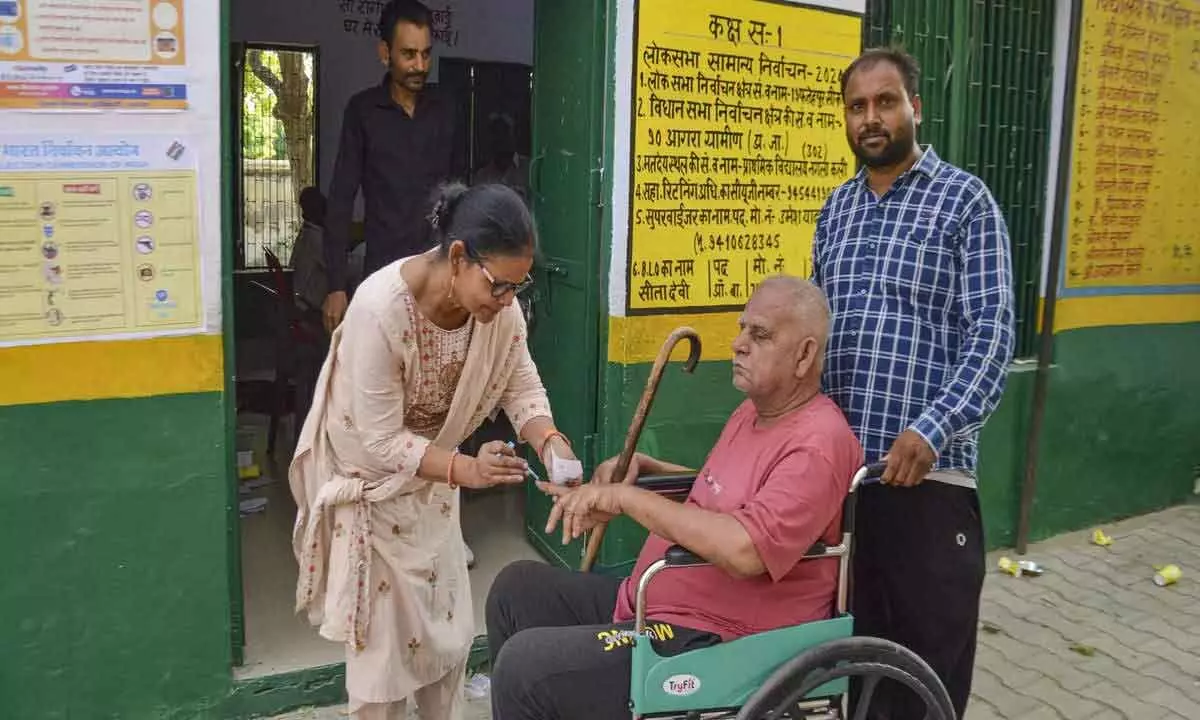India’s senior living market set for accelerated growth in the next few years
image for illustrative purpose

Like most emerging market economies, the demographic pattern of India is undergoing a steady but definite shift. The population pyramid of the country will slowly but surely transform from the current expansionary stage to a more stable state in the next few decades. Significantly, the median age of the country is likely to gradually increase from around 29 to 38 years by 2050. Similarly, the proportion of aged people (above 60 years) is likely to increase from about 11 per cent in 2024 to 21 per cent in 2050. At the global level, over the next three decades, by 2050 to be more precise, of the 2.1 billion people above 60 years, India will be accounting for a 17 per cent share indicating a significant demand growth for senior care, including housing and health in the country. With the rise in ageing population, the demand for senior living services, including medical, insurance and housing has been increasing steadily.
Factors like rising life expectancy, nuclear families, higher income levels, increasing importance of a stable post-retirement life and changing lifestyle are driving the demand for senior living, especially in urban areas. Experts think that India’s senior living market still at a nascent stage. And the current nascent senior living market presents a lucrative opportunity for private organised developers to capitalise on the untapped market. With rising interest from institutional players and leading real estate developers, housing for senior is set to be almost 5x times by 2030, compared to the current levels, suggests a recent study by Colliers India. With increased focus on health and wellness, seniors today are more active and engaged than the earlier generations – looking for senior living options that offer amenities such as fitness centres, recreational activities and cultural events to support a vibrant and fulfilling lifestyle. If the Colliers India study is anything to go by, the current demand for senior housing at 18-20 lakh units, is likely to increase significantly in the next five to six years. This growing demand creates lucrative opportunities for real estate developers and institutional investors.
While currently the senior living market size in India is estimated to be about $2-3 billion, it is expected to witness a CAGR of more than 30 per cent and reach close to $12 billion by 2030. Therefore, the moot question is: Is India having enough supply to accommodate rising senior population in the country? With close to 20,000 units in the organised sector, current availability of senior housing translates to a one per cent penetration rate, indicating a huge demand supply gap. In contrast, countries like the US, UK and Australia have established senior living markets with 6-7 per cent penetration rate. Moreover, a lower population base also means less demand supply gap in these matured markets. Although the demand supply gap will remain high even in 2030, the penetration into the senior living market has the potential to improve significantly in the long-term. All in all, the senior living market in India is likely to witness accelerated growth in the next few years and embark upon an eventual transition into maturity with changing demographics.

